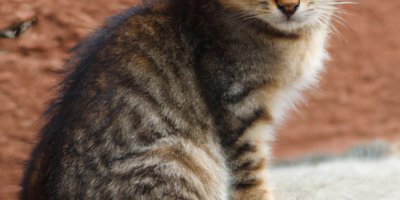

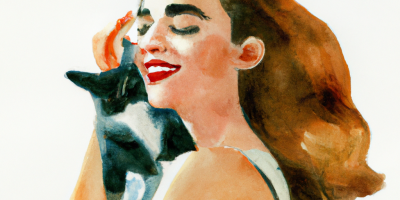
Why Do Cats Sometimes Groom Their Owners’ Hair?
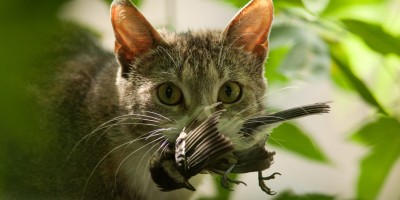
What Do Feral Cats Eat?

Mastering the Art of Bonding with Your Cat
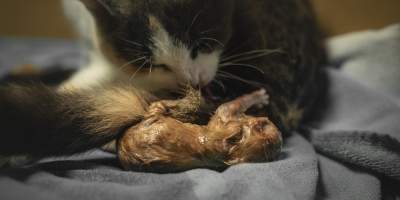
Creating the Perfect Pregnant Cat Nesting Box: Tips and Guidelines

Why do cats stare at the wall for no reason?

Top 10 Signs That Your Cat is Happy
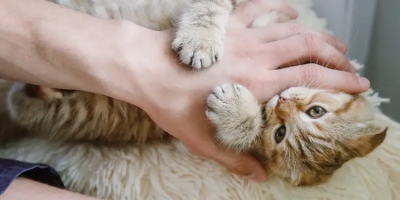
Signs Your Cat Has Imprinted on You

How to Befriend a Stray Cat
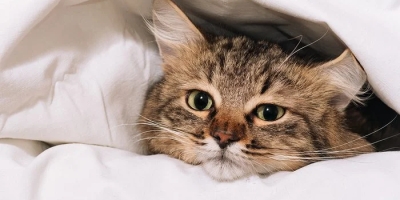
You must be logged in to post a comment.